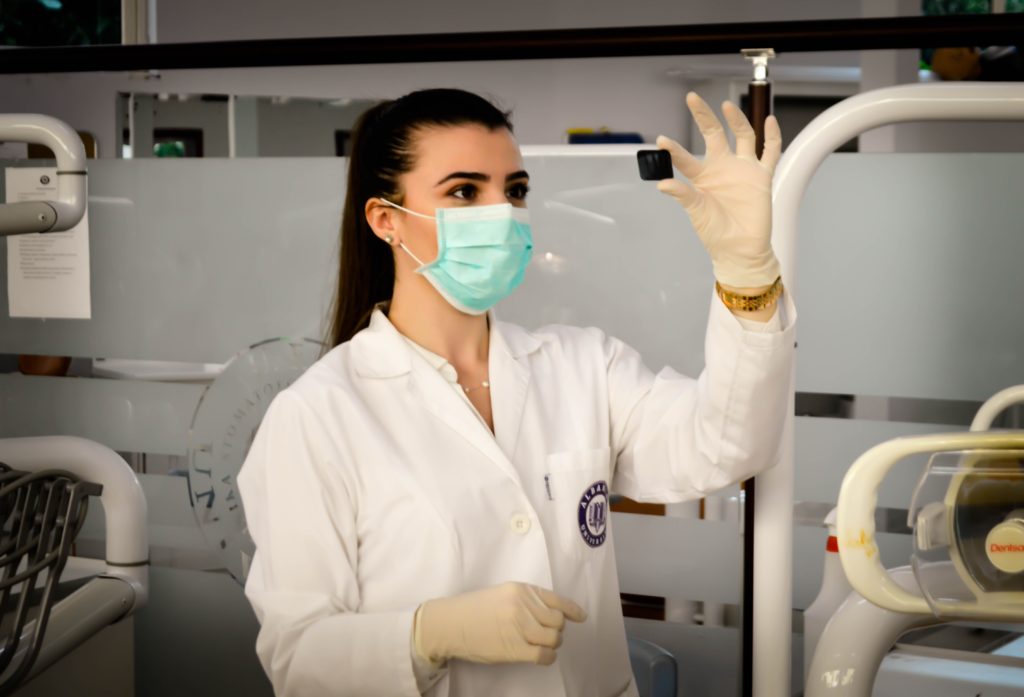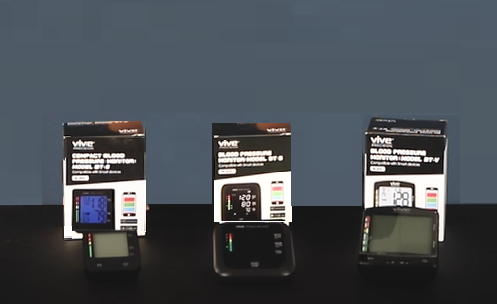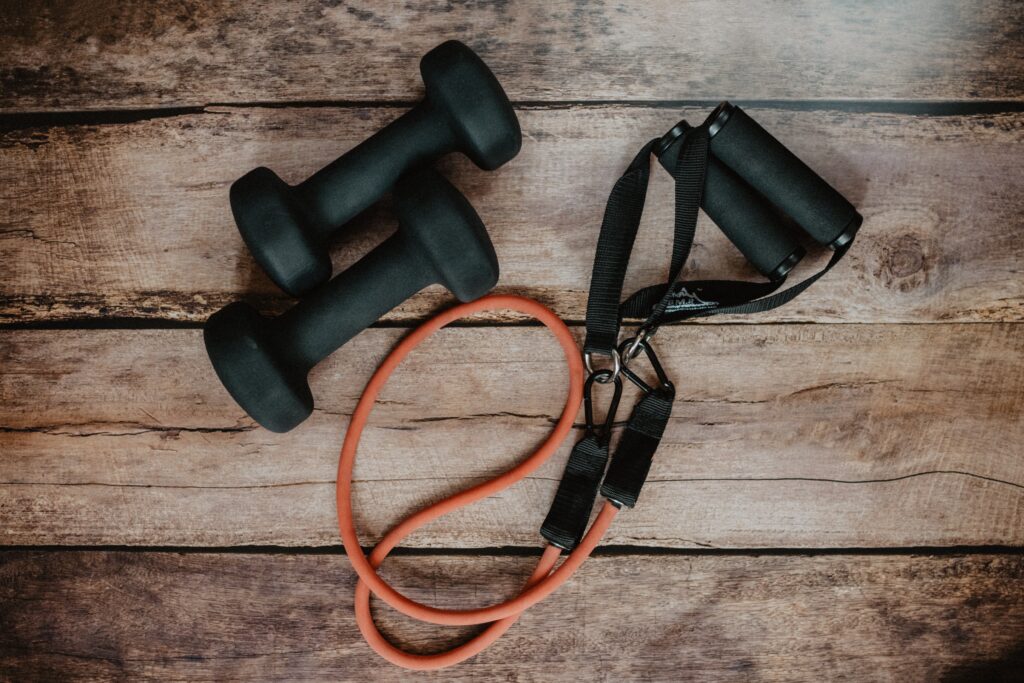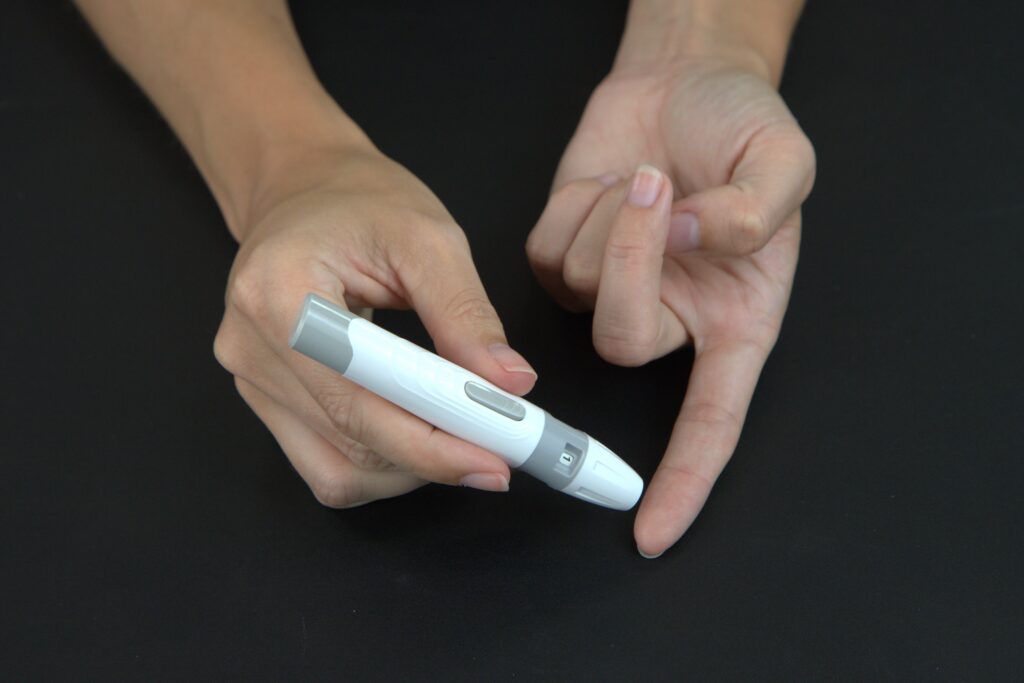RPM is Effectively Reducing Burnout
Healthcare workers are currently experiencing high levels of burnout, which has serious professional implications such as suboptimal patient care and medical errors. This situation has been worsened by the COVID-19 pandemic, resulting in burnout rates ranging from 40% to 70%. The good news is that remote patient monitoring (RPM) is proving to be an effective tool in reducing burnout among healthcare workers (HealthLeaders).
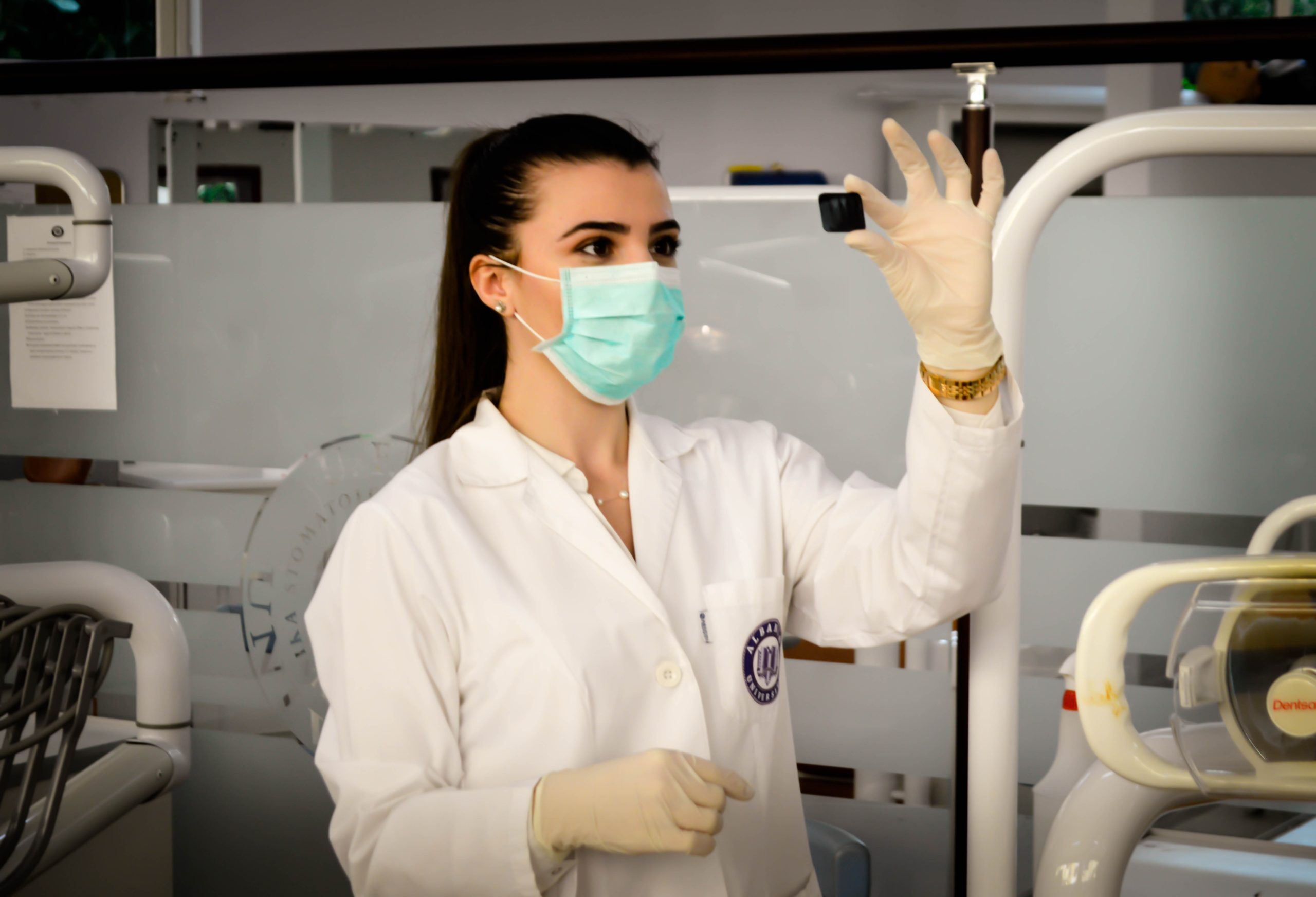
Burnout in healthcare workers may have more serious professional implications than in other professions, which has been linked to suboptimal patient care resulting in lower patient satisfaction, and impaired quality of care. This may eventually lead to medical errors, with potential malpractice suits and subsequent litigation, with substantial costs for caregivers and hospitals (NLM). Remote Patient Monitoring lets providers regularly monitor their high-risk patients from afar, keeping patients with chronic diseases out of the clinic and keeping their own stress to a minimum.
Reducing Readmissions
High readmission rates increase the workload and stress on the care team resulting in burnout. In a recent study, health systems that implemented RPM saw a net 45 percent reduction in acute hospital admissions, and a net 34 percent reduction in admissions directly attributed to heart failure. When healthcare organizations effectively implement remote patient monitoring, they can consolidate workflows and decrease burnout.
Improving Patient Engagement
Oftentimes, patients need some sort of hand-holding to improve their health and increase the ever-so-important patient engagement, and RPM is providing just this. A quarter of clinicians said their patients were much more engaged when discussing patient-generated health data, and 40 percent said they were somewhat more engaged (PatientEngagement). Remote Patient Monitoring allows providers to frequently view patient data and provide appropriate education on their condition, all without having the patient in the clinic. An effective RPM program improves the efficacy of care management and allows the relationship between the patient and provider to flourish. Improving this relationship leads to better patient outcomes and improved patient satisfaction, and it leaves healthcare providers feeling accomplished.
Relieving Care Plan Stress
An effective and efficient care plan is comprised of streamlined workflows and centralized communication. Without an effective care plan, the stress on the healthcare team and patients will increase. This increase in stress will decrease the quality of care provided and exacerbate most chronic and acute conditions. Remote patient monitoring provides precious data that providers don’t have access to when the patient is at home. These extra data points let providers understand the condition that the patient is in and effectively adjust the care provided. This in turn streamlines the workflow and improves communications across the care team. The continuous health data and improved patient outcomes provided by remote patient monitoring help expand patient care into communities and towns with fewer health systems.
Burnout is more prominent in healthcare than ever before, and health systems across the country are looking to attack this issue. When not addressed properly, burnout will lead to lower patient satisfaction, impaired quality of care, and substantial costs for caregivers and hospitals. Remote patient monitoring is effectively reducing burnout in health care by reducing readmissions, improving patient engagement, and relieving care plan stress.
Read our last blog here about Chronic Disease Management with RPM.
